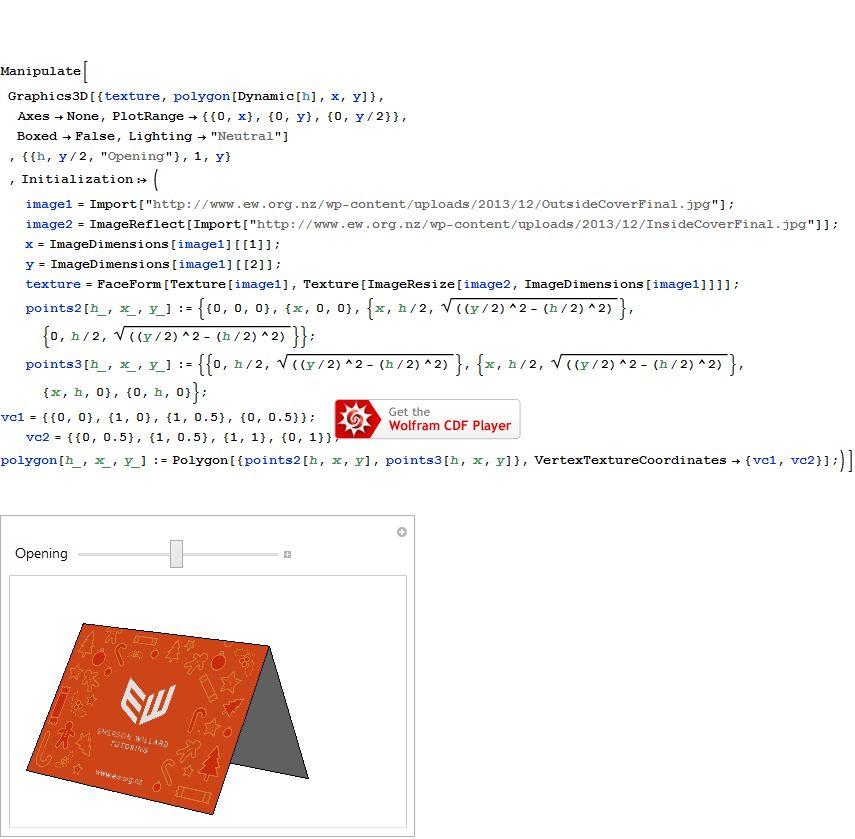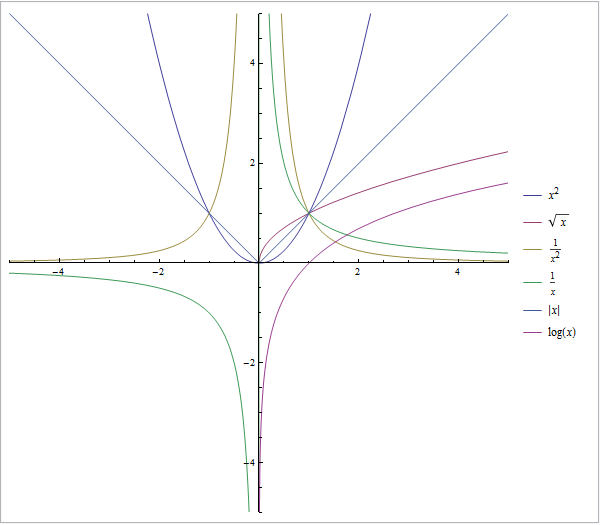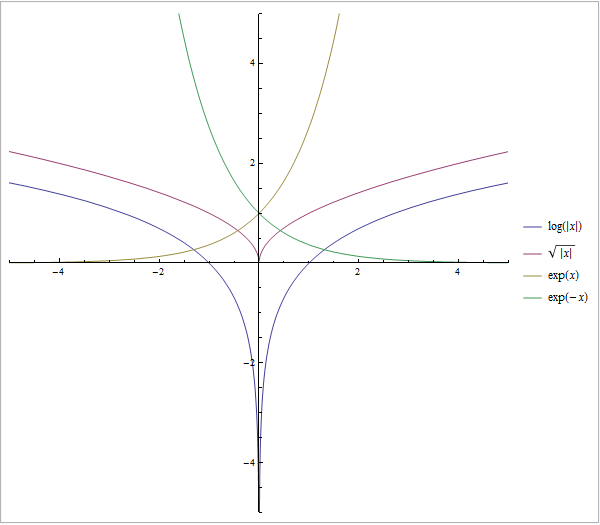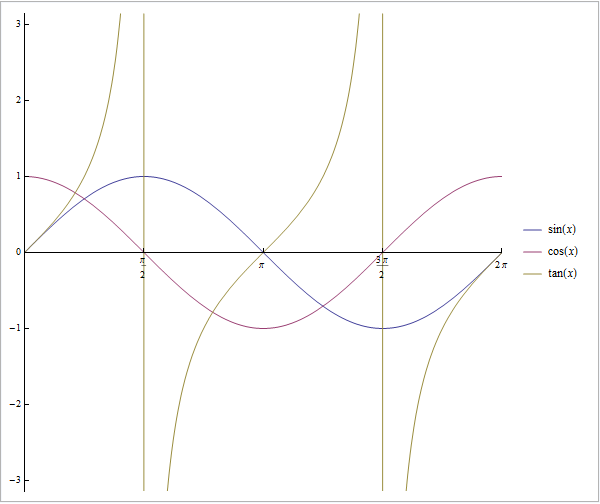Memorization
Sep 30 2014
Mathematics as a discipline covers a vast body of knowledge and requires understanding of a wide range of principles, techniques and facts. Trying to memorize these by rote is in many ways a fool’s errand due to the extent of the task, but may also be fundamentally misguided. There’s an idea that highlighting something in a textbook is the easiest way of not remembering it. Kind of like how I said that telling somebody else your goals makes you less likely to meet them, highlighting something is an easy way of selecting something important and symbolically satisfying the need to acknowledge its significance. The brain is great at settling for “good enough,” and so it takes this as a signal to forget about the highlighted text until further notice*. The same can happen with mathematical learning when you’re trying to memorize by rote, by repeating a phrase, or copying it out. I tried copying out some things from memory, and it’s more effective than trying to copy them out from the opposite page, especially if you keep coming back to them, but it’s not the right idea for much of mathematics.
There are things called trigonometric identities, equations using angles inside triangles and telling us about the relationship between angles and the length of the sides. They’re incredibly useful and are fundamental to much of advanced mathematics, but there’s a lot of them and they can be hard to remember. One way of trying to remember them is to copy them out and then practice writing them from memory, using up a lot of paper, and probably having to stop and go back a bunch of times. At the end of it, maybe you’ve got them locked in, or maybe they’ll slip, but you probably won’t understand the significance of the ideas.
The thing about the trig identities is that they’re a hundred percent logical, and are based fully on much simpler principles. It can be hard to see the connection between the simple ideas and the more complex expressions of them, but working through the logical chain of reasoning can really help solidify not only your knowledge but your understanding of the identities. This is what I’ve been doing for the past few weeks, apart from teaching students, because I mostly teach year eleven maths and the trig identities are a little bit more advanced than what they’re doing, so I figured working through the proofs is a good way of establishing the underpinnings of the techniques they use in their geometric reasoning NCEA standard. The other useful thing is that once you understand the trig identities, you can see one version of an equation containing trigonometric functions and instantly, or at least quickly, see it or rearrange it as another, equivalent expression which might be simpler to operate with. This can really help with higher mathematics like calculus.
Sometimes, rote memorization is the only way, or it’s all you need. The times tables might be a good example, although personally I never learned them by rote. I’ve been using chunking and skip-counting instead, to relearn them and try to increase my speed. But I think, just like highlighting something and then forgetting it, theres an important idea that we could touch on later in another blog post. It’s about how the brain settles for “good enough.” There’s a saying, “practice makes perfect,” but I prefer to think “practice makes permanent.” If you practice something improperly, then you’re only reinforcing your improper technique, and the more you repeat, the worse it gets. This means experience isn’t necessarily the recipe for success. When you’re first learning something, it might be too difficult to perform the task properly, and so you find some approximation which actually makes the task slower, less efficient or ultimately more difficult, but which at the time operates as a short-cut. If you don’t, at some point, consciously unlearn this habit, then it can become strongly ingrained into your technique, and leave you handicapped for the long-term. So; let’s try and work logically, and slowly, through the problems we face, especially if they’re mathematical, and to understand why we’re doing each step. This way, our mathematical knowledge builds on itself, has strong foundations, and there aren’t any inexplicable gaps where we accept things “just because,” or idiosyncratic ways of completing some problems which might actually make them more difficult. Of course, this is simply an ideal, and generally impossible to meet fully in practice, but as a mindset it can be helpful to go back over things we think we’ve already got down, and re-examine our understanding or our assumptions, to make sure there’s not room for improvement somewhere. Periodic re-examination of our approach to difficult problems, and a willingness to unlearn bad mental habits, will stand us all in good stead.
*Theoretically, you’ll come back to the text and see what you highlighted, but that may or may not happen, and I’ve seen people highlight more than fifty percent of a page before, such that “if everything is special, nothing is.”










